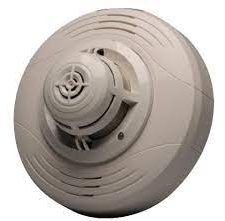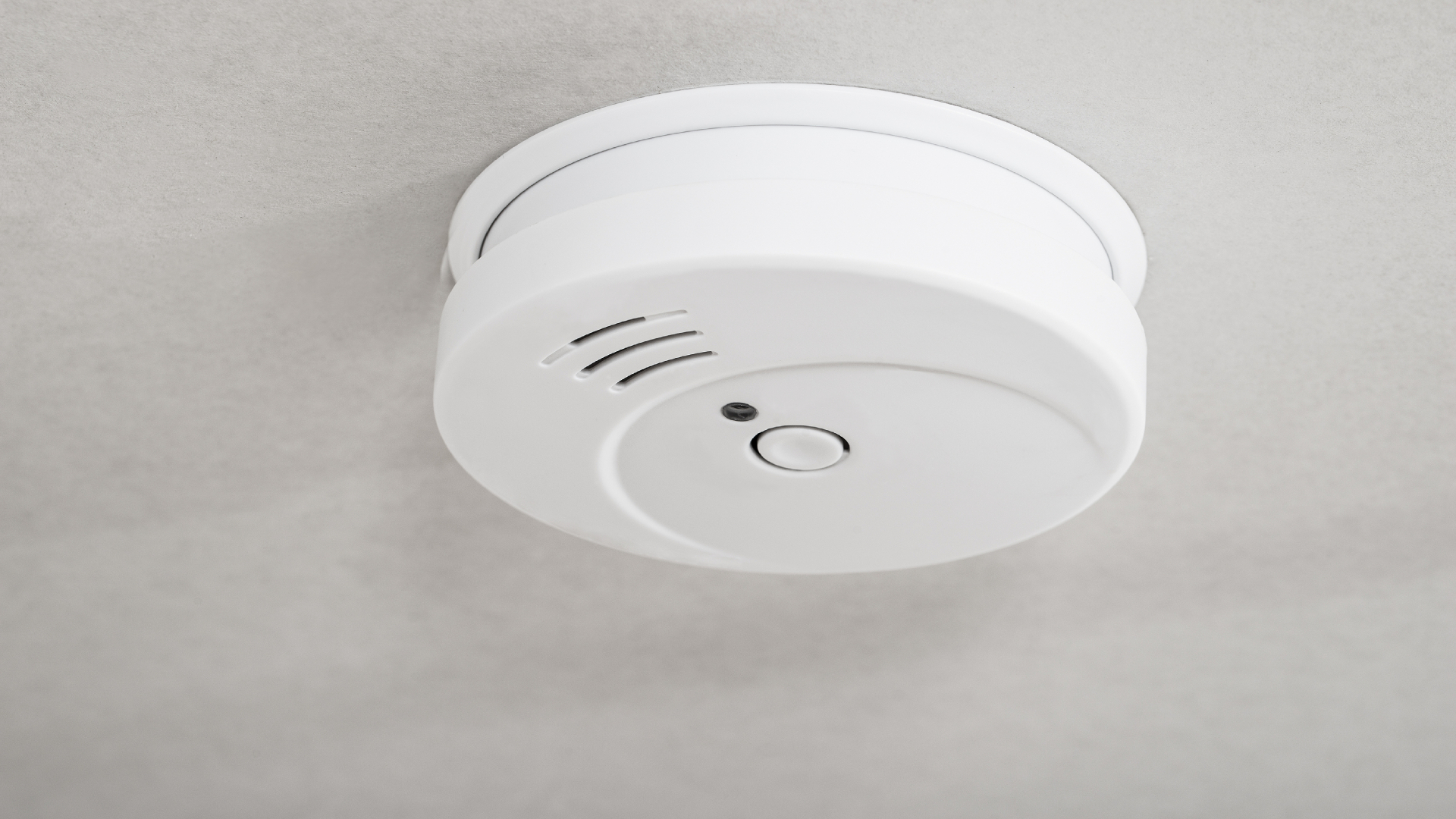In an age where environmental consciousness is at the forefront, the quest for sustainable energy solutions has gained momentum. One source that has captured the world’s attention is solar energy. As a clean, renewable, and abundant resource, solar power has become a driving force in the transition towards a greener and more sustainable future. The solar panels brisbane has experienced significant growth, paving the way for a sustainable future. In this article, we delve into the basics of solar energy, exploring how it works, its environmental benefits, and its potential to revolutionize the way we power our lives.
How Solar Energy Works: The Magic of Photovoltaics
At the core of solar energy lies photovoltaic technology, a process that converts sunlight directly into electricity. Solar panels, composed of solar cells made from semiconductor materials, play a pivotal role in this transformation.
When sunlight strikes these solar cells, it excites electrons, generating an electric current. This direct conversion of sunlight into electricity, known as the photovoltaic effect, is the foundation of solar power. The electricity produced can either be used immediately, stored in batteries for later use, or fed back into the grid to power homes, businesses, and communities.
Environmental Benefits: A Cleaner and Greener Planet
One of the most significant advantages of solar energy is its positive impact on the environment. Unlike conventional energy sources that rely on fossil fuels, solar power produces no harmful greenhouse gas emissions during operation. By embracing solar energy, we can reduce our carbon footprint and help combat climate change.

Additionally, solar power contributes to the conservation of natural resources. Sunlight, the source of solar energy, is an infinite and renewable resource, making solar power a sustainable and eco-friendly choice.
Solar Power at Home: Empowering Individuals
Solar energy has made its way into residential settings, empowering homeowners to become active contributors to the clean energy revolution. Installing solar panels on rooftops or in yards allows homeowners to generate their electricity.
Not only does this reduce reliance on the conventional power grid, but it also leads to potential cost savings on electricity bills. Moreover, excess energy generated during sunny periods can be stored or sold back to the grid, creating a dynamic and decentralized energy system.
Solar Power in Commercial and Industrial Sectors: Sustainability and Cost Efficiency
Beyond residential use, solar power has made significant strides in commercial and industrial sectors. Businesses and industries are increasingly recognizing the economic and environmental benefits of utilizing solar energy.
By integrating solar power into their operations, companies can reduce their carbon footprint, enhance their sustainability efforts, and demonstrate environmental responsibility to stakeholders and customers. Additionally, solar power can lead to long-term cost savings on energy expenses, making it a wise investment for businesses.
Large-Scale Solar Farms: From Fields to Solar Fields
As the popularity of solar energy grows, large-scale solar farms have emerged as a key player in the renewable energy landscape. These expansive installations harness vast areas of land to generate large quantities of electricity.
Solar farms offer several advantages, such as economies of scale, efficient land use, and centralized power generation. They play a vital role in supporting the energy demands of communities, cities, and even entire regions.
Overcoming Challenges: Storage and Grid Integration
While solar energy is a promising source of clean power, it does face certain challenges. One significant obstacle is energy storage. Solar panels generate electricity only when exposed to sunlight, which means there may be times when the demand for electricity exceeds the available supply.
To address this issue, energy storage solutions like batteries are employed to store excess energy for use during periods of low sunlight or at night. Effective grid integration is also essential to ensure a stable and reliable energy supply as more renewable energy sources come online.
Government Initiatives and Incentives: Paving the Way for Solar Adoption
Governments around the world are playing a pivotal role in promoting the adoption of solar energy. Through various initiatives, incentives, and policies, they encourage individuals, businesses, and communities to invest in solar power systems.
Supportive regulations and financial incentives, such as tax credits and rebates, make solar energy a more attractive and accessible option for a wider range of people. Government backing is instrumental in accelerating the transition towards a sustainable energy future.
The Future of Solar Energy: A Bright Outlook
As we look ahead, the future of solar energy is incredibly promising. Ongoing advancements in solar technology, coupled with increasing global awareness of environmental issues, will undoubtedly drive further innovation and adoption of solar power.
The integration of solar energy with other renewable sources, like wind and hydropower, will contribute to a diversified and resilient energy mix. Solar energy is set to play a pivotal role in building a sustainable and cleaner world for generations to come.
Conclusion: Harnessing the Power of the Sun
In conclusion, solar energy stands as a beacon of hope in the pursuit of a more sustainable and eco-friendly world. Understanding the basics of solar power helps us realize its immense potential to address our energy needs while safeguarding the environment.
As we harness the power of the sun, we embrace a brighter and cleaner future, leaving a positive impact on the planet and paving the way for a world powered by renewable energy. Solar power is not just a fleeting trend; it is the driving force behind the transformation of our energy landscape.

















